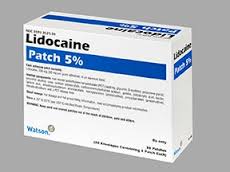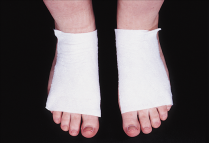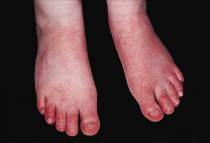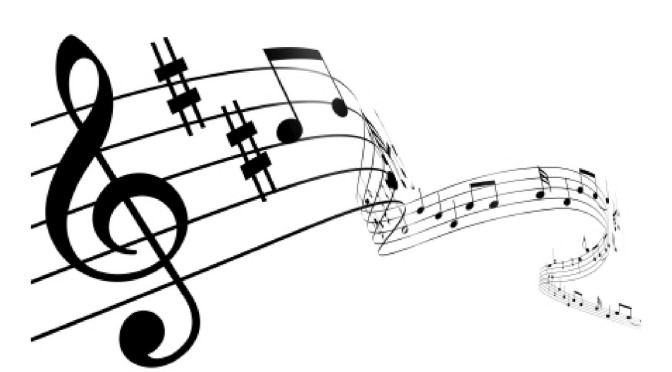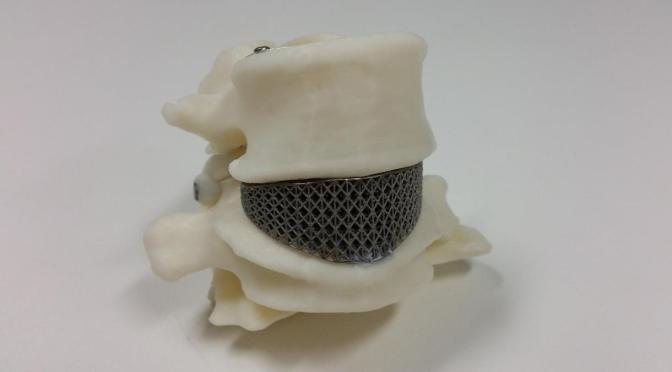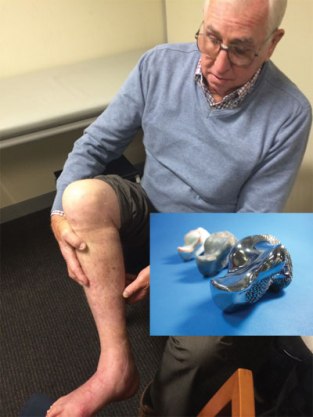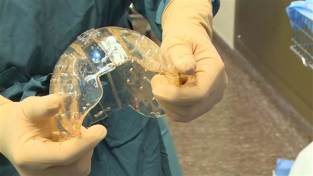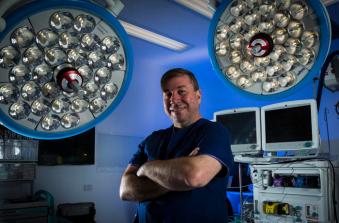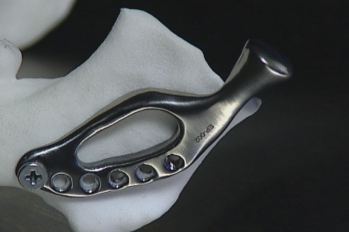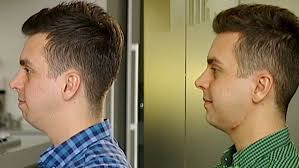Featured Image provided by Paula Orecklin.
Sativex
Sativex is a cannabis-based mouth spray that is used for nerve pain relief in various painful conditions including cancer, complex regional pain syndrome (CRPS) and multiple sclerosis (MS). It may also reduce spasticity, muscle spasms and sleep disturbances in MS patients (similar to the benefits of medical cannabis).
For more on Sativex, please see my blog post called ‘Medical Cannabis (Medical Marijuana) And Nerve Pain’.
For information about a cannibinoid called cannabidiol (CBD), please go to my blog post called ‘Chronic Pain and Cannabidiol (CBD) – ‘Cannabis With the Fun Bit Taken Out‘:
Cannabidiol (CBD) – ‘Cannabis With the Fun Bit Taken Out’ – For Severe Chronic Pain
A CRPS Patient, Paula Orecklin
You may remember Paula Orecklin from my older blog post called ‘CRPS Video On CRPS By PARC’ (26/10/14).
I recently invited Paula to share more of her inspiring story including her challenges with severe chronic pain and her positive experiences with Sativex, physiotherapy and neuroplasticity work. Paula immediately replied:
“I like being able to do something positive with all of this pain. If this can help other patients, I’m all over it. Sharing my story, talking to other people…I have to make something good out of all of this pain, you know? And I do have a lot of experience, I guess.”
Paula Orecklin (29) from Winnipeg, Manitoba, Canada, has complex regional pain syndrome (CRPS) that involves constant, severe pain in her right knee and lower right leg as a result of twisting her right ankle back in 2001 when she was only 13 years old. Thereafter, Paula couldn’t even put her right foot to the floor without triggering one vicious blast of pain after another, leaving her bedridden and literally screaming in bed for the next 2 weeks. Following this tragic and life-altering event, Paula had to resort to crutches (and later on, canes) for mobility and due to excess pain. She was wheelchair-dependent for a few months during 2004 – 2005 (caused by ‘blowing out her left knee’) and also for 3 years from 2013 to 2015 (due to unbearable pain leading to monthly ER visits for half a year).
Quoting from Paula’s 2013 YouTube (pre-Sativex treatment):
‘…Every single second, I am in pain, from my knee down to my toes. On my right leg, all there is is pain…there is always solid pain from my knee down. On top of that pain, I have other kinds, all different forms [of pain]…stabbing, shooting, burning, visceral, aching, throbbing…This is with all of my medications…’
See YouTube called ‘Paula Orecklin – UNE Patient Case Study – April 4, 2013’:
https://www.youtube.com/watch?v=_aAVOCGW5ac
Following 3 years in a wheelchair due to severe pain, Paula was offered Sativex for the first time in 2015. In 2016, thanks to Sativex (and other medications), the support of a fantastic physiotherapist and neuroplasticity work with an excellent pain psychologist, Paula was finally able to trade in her wheelchair and crutches for walking canes!

Image provided by Paula Orecklin.
However, despite Sativex, Paula still has constant, severe pain every single second of her life. In her words:
‘[CRPS] still has all sorts of horrible kinds of pain [despite Sativex]. I can be doing well and suddenly ‘a giant poker’ has been stabbed through my leg. I was at a meeting on Saturday and in the middle of it, my foot set on fire. I’m always in pain and then on top of that, there are all sorts of different kinds of pain that come on extraordinarily suddenly. What I said in the video [3 – 4 years ago] is exactly what [still] happens today.’
Thus, while Sativex does not eliminate Paula’s base level of constant and severe pain nor her initial sudden pain attacks from occurring, it can block the repetitive flare cycles. By preventing these ongoing vicious pain cycles in 5 minutes, Sativex enabled Paula to finally undergo physiotherapy to improve her function and mobility. In Paula’s words:
“…Sativex is good at keeping the huge flare cycles down… I’m doing better functionally, so much better. But it doesn’t really work on my constant level of pain.”
Before Sativex, Paula suffered from out-of-control pain levels due to sudden and repetitive waves of pain spikes that would combine with her initial pain spike. One pain spike would lead to another pain spike, and on and on it went. This vicious and ongoing pain spike cycle often led to extremely high pain levels until finally her other medications kicked in.
Paula started using Sativex sublingual mouth spray 2 years ago. While it ‘tastes pretty disgusting, like spraying mosquito repellent into your mouth’, Paula said that she was doing very well as Sativex helps her manage her pain levels better. Being a mouth spray, Sativex has the advantage of gaining faster access directly into the blood capillaries via diffusion through the tissues under the tongue.
Paula has a prescription for a refill bottle of Sativex every 8 days. Sativex is not covered by public healthcare where Paula lives in Manitoba, and at CDN256.05 a bottle, Sativex is not cheap. Even though Paula’s private insurance helps defray most of the cost, Paula is still left out-of-pocket CDN60 per bottle. Using up to 12 sprays a day (and even up to 15 sprays on very painful days), a bottle of 90 sprays can go very quickly.
Despite its costs, Paula finds Sativex’s ability to block the repetitive flare cycles worthwhile. For the first time in her life, Paula has finally found a way to stop the vicious and ongoing cycles of pain spikes before they even start. This enables Paula to do physiotherapy and neuroplasticity training despite ongoing, unrelenting and severe pain. For example, she is now able walk between 1 to 2.4 miles with the aid of 2 walking canes.
Paula does not have any side effects from Sativex other than feeling ‘fuzzy everywhere’ on ‘really bad days’ when more than 9 – 10 sprays and increased hydromorph IR are required.
While Paula has tried medical marijuana (medical cannabis), she found it ineffective against her painful flare-ups. In contrast, Sativex is able to stop her pain flares in 5 minutes hence preventing a vicious circle of painful flare-ups. Furthermore, because Sativex looks like a regular inhaler, it is easier for Paula to be seen using Sativex than, say, medical marijuana. In other words, Sativex is not associated with the social stigma associated with using medical marijuana for pain management.
“[I’ve gone from being] forced … to leave university, to carrying the Olympic torch [see photo below], to helping found a local CRPS support group, to creating my own Disability holiday….that after 15 years I …still [attend]. I’m going to celebrate it again this March…after 16 years I’m actually going somewhere now. I’ve managed to make as much of a life out of my circumstances as I can.”
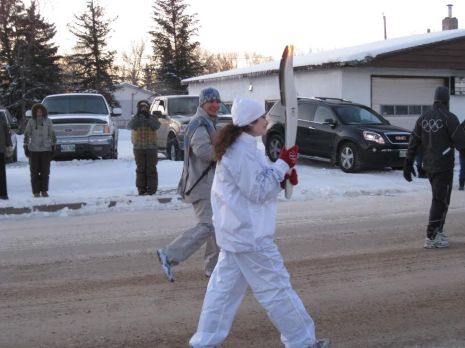
Image provided by Paula Orecklin.
On behalf of all Canadians with chronic pain, Paula was formally honoured and selected to be an Olympic torchbearer for the 2010 Vancouver Olympic Winter Games. Paula had to practice walking and holding up one of her old crutches (in lieu of the Olympic torch) for 6 – 7 months beforehand.
One very early morning on a cold wintry day at -30C in January 2010 in Virden, Manitoba, Paula successfully fulfilled her pledge to carry the Olympic torch for 500 meters without mobility aids! Needless to say, being chosen as an Olympic torchbearer for the 2010 Winter Olympics to represent all Canadians living with chronic pain was one of Paula’s proudest achievements.
Thanks to a multi-disciplinary approach to CRPS that involved:
- Sativex treatment;
- Hydromorph IR and other conventional pain medication;
- Physiotherapy;
- Neuroplasticity work (with her pain psychologist); and
- Various other pain strategies,
Sativex made a huge difference to Paula’s quality of life by opening the door for the first time to physiotherapy, regular exercise and neuroplasticity work, leading to a dramatic improvement in her CRPS symptoms including repetitive painful flares.
In her own words:
‘I’ve found in the past few months that not only have I been able to do more, be out and see people, exercise and still not fall apart, but I’ve also been increasing my tolerance to everything. I’ve actually been using less breakthrough medication, both Sativex and my hydromorph IR. I’m genuinely doing better. I think I’m down to about a bottle every 13 days right now.’
‘Without Sativex, I would never have been able to get to where I am today.
The neuroplasticity would have helped with my own depression due to pain and my understanding of pain and just generally improved my mental state.
But no real improvement physically would have been possible without Sativex.’
‘I’m doing better than I have in a very long time. Sativex is absolutely critical to this upswing. With Sativex, I can give myself medication with every flare of pain. It kicks in in only 5 minutes. The pain doesn’t have a chance to build on itself but is cut down quickly. I can also give myself another spray in 5 minutes if the pain keeps getting worse or doesn’t go down enough.
I can take up to 12 sprays a day and there aren’t really any side effects. I can get a kind of drugged feeling, but it’s not a high nor is it particularly strong. I have to be careful to spray under different parts of my tongue (ie sometimes my tongue’s left side, sometimes up front in the middle, sometimes on the right) so I don’t get wounds under my tongue. However I’ve never had a single one develop. It’ll sting a little when I’ve used a ton of sprays in one spot, but that’s just a reminder to be sure to move it around. And this might be of clinical significance since my skin is very delicate and develops wounds from my CRPS. ….
I mean, the drug is no magical cure, but it’s been absolutely essential to my progress. Without it, I might have gotten some psychological benefit from the neuroplasticity, but I definitely couldn’t be able to move any better. I’d never have ever been in a place where I could work with my physiotherapist. Before Sativex, I was in my wheelchair for nearly everything. I was finally able to walk again because of [Sativex].’
‘I’ve been working with an amazing physiotherapist since this spring. I was finally able to start walking, but was doing it so unevenly I was hurting my good side’s hip. She’s made a big impact on getting me moving.’
‘…I just came home from the gym, did really well … I was powering around the track, listening to music, just … moving. And that kind of feels like a medical miracle. I was in such horrible shape for so long, and it just feels so good. And painful of course, but that’s just a given.’
‘I’m doing better now than I have in so many years … I’ve never in my life been able to have sustained progress like this. I’m still disabled, and there are so many things I still can’t do, but that’s not really what I’m concerned with right now. I’m just happy to see where I am now.’
‘Sativex has been really important in my life over the past two years, but I just don’t want it to come off like it’s a … well, miracle. It isn’t. It’s made a massive impact on my life, but I’d say that my massive improvement over the past year is only a third down to the spray.’
Paula added, ‘None of anything would have been possible without hydromorphone IR, nor the rest of my medications. Nothing would be possible without my pain specialist at the pain clinic. It really has been a team effort, and that’s not even counting my other physicians, or the essential support network I have. My parents support me 100%, and that’s both emotional and financial. My mother, in particular, is my caregiver and is a huge part of my life. I’m very lucky to have friends who understand and care too. My best friend’s support over the years has meant so much to me too.’
‘Now none of those other things helps in the same ways Sativex does. Without it, I wouldn’t be able to move forward and make sustained progress for what is literally the first time in my life since hurting my leg. I’d never managed to go forward at all, ever; plateauing was all I could hope for. But I still feel like all of those other things are coming together to really help me in way that Sativex alone couldn’t. In fact, what’s really amazing is that I’m actually not using as much Sativex as I used to. Everything’s coming together much better than I ever could have expected. My leg is actually dealing with things better, not needing the same amount of as-needed medications. For the first time too, I’m actually finding other non-medicinal things like heat packs are actually helping. Before, it was just way worse when I didn’t have them, but it didn’t lower the pain exactly. So you can say it is kind of a holistic thing – but one that needed Sativex to open the door to it, if that makes sense…’
Having said all of the above, Paula emphasized:
‘[I am] actually never without pain … Sativex helps to stop the vicious circle of escalating pain cycles in 5 minutes.’
‘…I’m still in rough shape. But when that rough shape is so much better than the rougher shape I was in [before Sativex]…’
‘[CRPS] is still incredibly disabling. But when you start so low, every few inches up makes a big difference.’
Paula’s positive experience with Sativex may offer hope and inspiration to other pain patients to also add Sativex into their overall pain management therapy.
Thank you, Paula, for sharing your beautiful story with us! Despite living with constant, severe pain, your strength and inner beauty never cease to amaze me! People like you are the inspiration and main driving force behind this blog.
With positive thoughts coming your way from everywhere and everyone,
Sabina Walker
Blogger, Pain Matters

